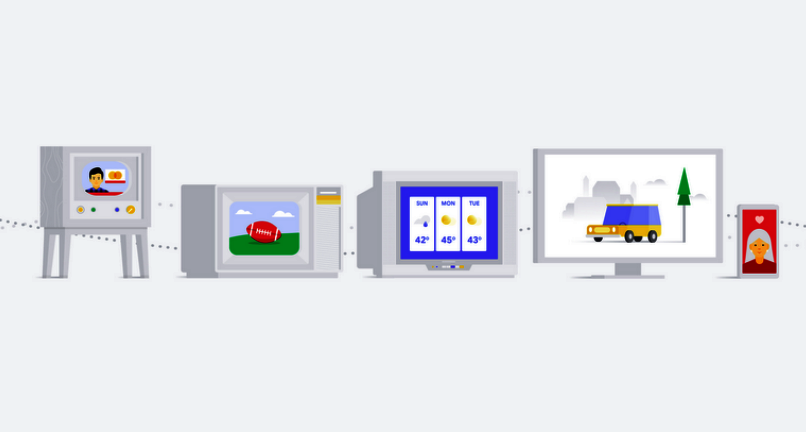Google has just published an extensive report on the evolving landscape of the TV broadcasting industry, and how new digital technologies, consumer viewing trends and revenue models are impacting the business.

The report, titled “Convergence of TV and Digital: How Broadcasters are Building for Success”, is based on a series of interviews with TV industry executives, who provided their own insights into how modern technology is shaping their world.
Google identifies four major trends it believes the TV industry is going through, namely “cord cutting”, “skinny bundles”, “over the top (OTT) original content”, and “personalisation of ads and content”. The report also covers the industry’s response to these trends, which includes closing the technology gap to deliver better experiences, and modification of revenue streams in line with the new ways viewers are consuming TV content.
The trend towards cord-cutting is evident by the sheer number of consumers who have decided ditch traditional cable TV providers in favor of newer streaming services such as Netflix. Some of those cable companies have reacted by launching new services in order to try and recoup those lost customers, or at least retain those who they anticipate losing in future. The result is that numerous cable companies now actually offer both traditional and streaming services, with the expectation that eventually all of their subscribers will shift to the latter model of consumption, the report found.
OTT original content is also nothing new, with companies such as Netflix and Amazon just two examples of how those in the industry are trying to differentiate their services from the competition.
The real point that Google seems to be trying to hammer home however, is that revenue streams could still do with some work. This is especially true on the advertising front, which seems to be the true motivation for its report. Google describes the personalistion of ads and content trend as “the ability to deliver relevant ad and content experiences to audiences regardless of where and how they are watching”, and large portion of the report describes how it can help broadcasters to achieve this.
The report notes that broadcasters are “struggling to adapt their sales models for digital” and helpfully suggests a bunch of its own advertising and monetisation products as possible solutions to this problem. These include new artificial intelligence-based products such as dynamic ad insertion tools that can target specific users with relevant ads based on their viewing and internet browsing histories.
As such, the report probably isn’t required reading as it doesn’t seem to be aimed at the average consumer. In fact it’s more of a marketing pitch aimed at broadcasters to encourage them to use Google's ad related services.
It is however still a worthwhile read if you’re at all interested in how Google is hoping to hijack the TV advertising business and help broadcasters to develop new revenue models. Who knows, if the proposed solutions are effective enough it might even tempt the likes of Netflix or Amazon to offer a free version of their service that’s paid for by Google bombarding its viewers with ads.